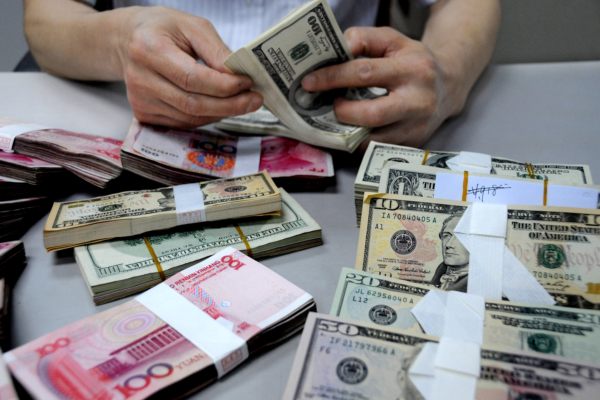China’s foreign debt has been increasing significantly, while its foreign exchange reserves continue to decline. By the end of June, the foreign exchange reserves had decreased by nearly $9.7 billion compared to the previous month, representing a 0.30% drop.
On July 7th, data released by the State Administration of Foreign Exchange of the Chinese Communist Party revealed a decrease in foreign exchange reserves. As of the end of June, the foreign exchange reserves amounted to $322.2358 billion, a decrease of $96.81 billion from the end of May.
The agency attributed this decline to factors such as changes in major economies’ monetary policies and expectations, as well as macroeconomic data. The strengthening of the U.S. dollar index and the overall increase in global financial asset prices played a role. The combined effects of exchange rate conversion and changes in asset prices led to the reduction in foreign exchange reserves in June.
On July 5th, the State Administration of Foreign Exchange also published the foreign debt data for the end of March 2024.
According to Wang Chunying, the Deputy Director of the agency and its spokesperson, in the first quarter, the scale of foreign debt increased compared to the end of the fourth quarter of 2023. As of the end of March, the total (including non-resident holdings) foreign debt balance was $251.26 billion, an increase of $65.1 billion from the end of 2023, representing a growth rate of 2.7%.
At the end of December 2015, China’s foreign exchange reserves stood at $333.04 billion, with foreign debt balance at $1,416.2 billion. The foreign debt data as of the end of March this year indicates that over the past eight years, while China’s foreign exchange reserves have been steadily declining, foreign debt has surged by $1,096.4 billion, an increase of over 77%.

